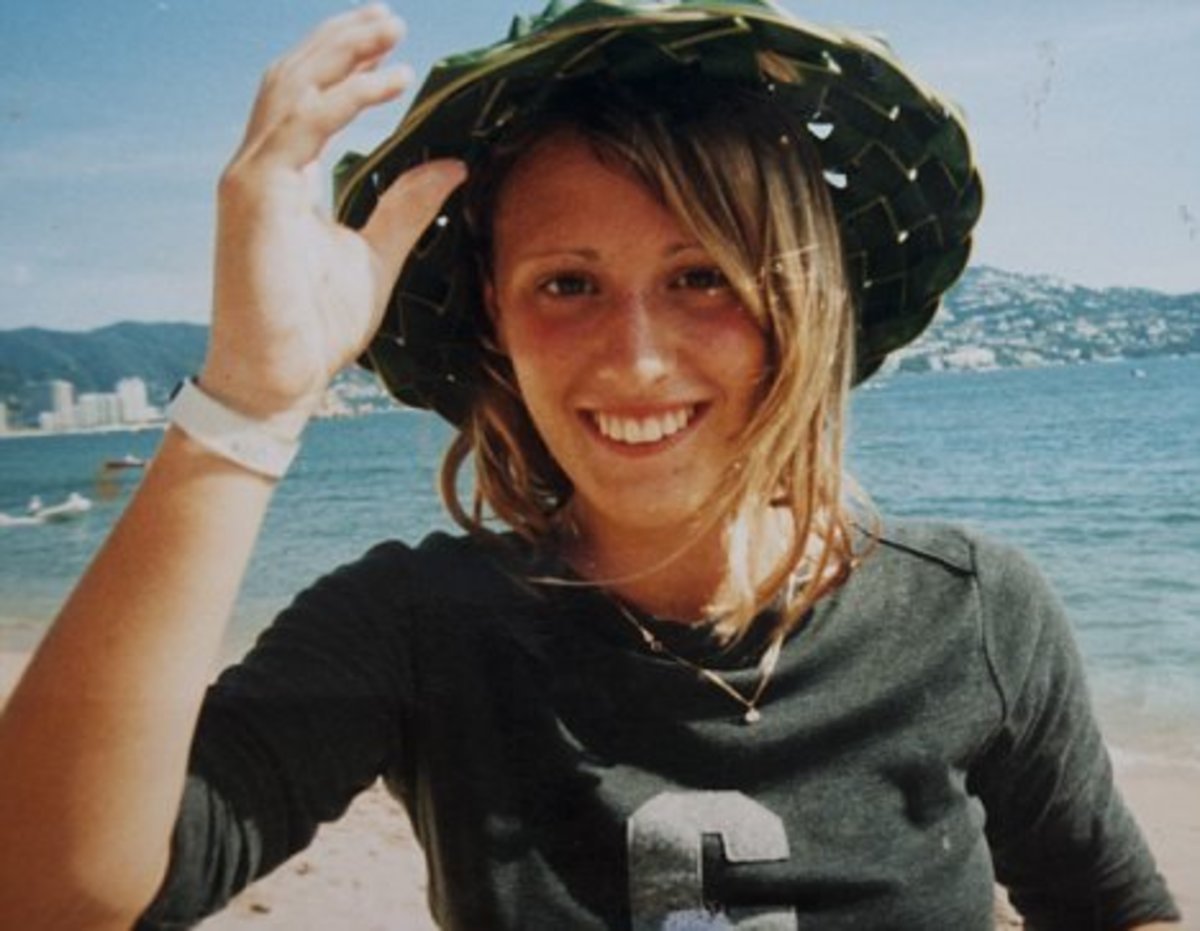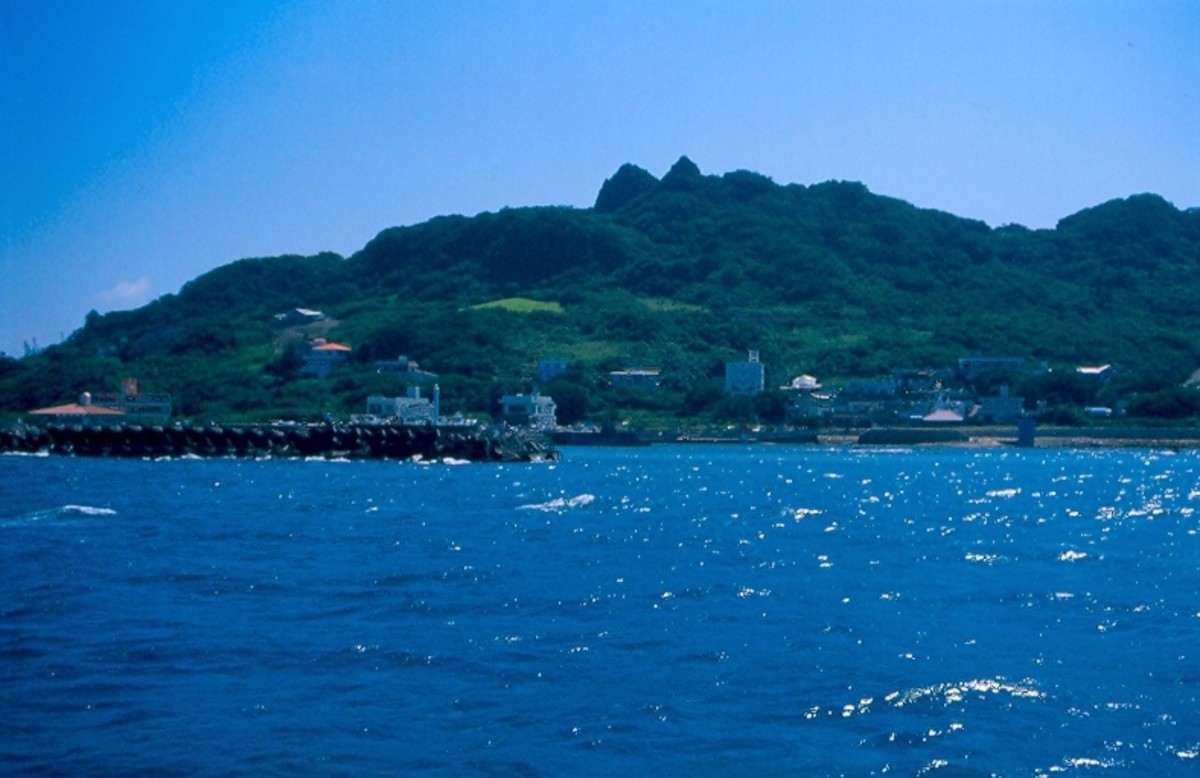WWII Veteran's stories
Carl Carlstrom - The Flying Mechanic
"There she is, that's the old girl," said WWII veteran Carl Carlstrom as he stood on the tarmac at Manistee, Michigan's Blacker Airport watching the B-17 bomber, "Yankee Lady," land.
With a bit of a late arrival, a crowd of more than 150 people - some veterans who flew aboard the B-17 or other planes such as the B-24 Liberator or B-26 Marauder - had built up a heightened sense of anticipation of the legendary aircraft's arrival.
Carlstrom, garbed in his B-17 hat and T-shirt, had probably been anticipating this moment more than the rest, as he was about to once again fly aboard the plane that had taken him to the brink and brought him home again more than 16 times during the second world war in the Meditterranean Theater of Operations.
"Many times I feel that the Almighty had His hand around my shoulder, or I wouldn't be here," said Carlstrom, who served as a flight engineer aboard a B-17(G) Flying Fortress stationed in Fogia, Italy.
As an enlistee in the Army Air Corps at the age of 19, in 1942, Carlstrom said "...that's what I wanted - I wanted to fly."
But Carlstrom hasn't flown in a B-17 for more than 60 years, since October of 1945, by his recollection.
"I never thought I'd get to fly in that plane again," he told his wife, Norma, after he received a call telling him that Martin Marietta of Manistee was going to host a flight for him aboard the Yankee Lady as part of the festivities for the opening of Blacker's new airport terminal.
Along with nine other lucky passengers, Carlstrom was able to fly in "the old girl" one more time, earning him the envy of some of his old flight crew when he rejoins them in Indiana next month for a reunion. Three other members of his 10-man crew are still alive.
"We were lucky that only one of our original crew didn't make it back," said Carlstrom. "They split us up on our first mission - they never let an entirely green crew fly together - and our navigator's plane got hit."
Carlstrom saw his navigator's plane get hit and spin it's way down in three pieces. "You always watched for chutes, but we didn't see anything." Two men did manage to make it off of that plane, however.
Seeing the Yankee Lady touch down and taxi up to the assembled crowd, Carlstrom reflected on those who had been lost.
"It makes you realize how brittle a thread life really is," he said, as he periodically reached into his back pocket for a handkerchief to wipe his moistened eyes.
Carlstrom, nicknamed "Swede" by his fellow crewmembers, still remembers how much fuel the B-17 took, oil levels, RPM's during various parts of the flight, air pressure and other readings. "These things were hammered into us every day. We had to know every last nut, bolt, and wire on that ship," said Carlstrom. "The crew depended on the flight engineer to know everything - their lives depended on it."
"You're a flying mechanic, you do what maintenance you can in flight," said Carlstrom. "You're responsible for the welfare of that airplane."
While the historic airship was on the ground before take off, Carlstrom was able to walk around the entire plane, and through the interior, from the rear hatch to the cockpit, and even sat in the pilot's seat for a while - a position he'd been in before.
During the war, Carlstrom would run up the engines to test them, and even get to fly the plane, or get "stick time," as the pilots called it, during training missions or when they were "out in the open," he said.
"Hirsch, our pilot, told the crew that every one of us would get some ‘stick time,'" said Carlstrom. "He said the Swede will get the most stick time, because he knows the ship the best. If a round gets both the pilots, he's the logical man to bring her back."
Some of the targets his group bombed were in Vienna, as well as other Austrian targets, and some in Hungary, Czechoslovakia, Yugoslavia, northern Italy, and southern France. Over the course of 16 official missions aboard the "Miss Enid" and other B-17's, the flight engineer worked to hold his aircraft together while bombing targets such as bridges, airfields, aircraft factories, ball bearing factories, and refineries.
Out of all those missions, living in tents and taking off from pre-fab airstrips in Foggia, Italy, Carlstrom said that the men he flew with became a tightly knit group.
"Your crew was like family. They were close," he said. "You didn't allow yourself to get close to any of the other crews. You didn't want to get to know them. Then, if another ship blew up, you were just glad it wasn't you."
Watching Carlstrom, it was easy to see that at times his thoughts turned to that era, when he was so young and taxed with such an important job. And he surely must have thought about those he served with, the ones who came back - and the ones who didn't - and how he was one of the lucky ones.
Years later, someone asked Carlstrom, "weren't you worried?"
"Don't pay to worry," said Carlstrom. "Either they're gonna get you, or they're not. We had ships come back with their whole vertical stabilizer shot away, so they had no rudder and the pilot was steering with his engines. They were a rough airplane - they took an awful lot of punishment. We came back one day with 200 and some odd holes in one ship, and not a man scratched."
His survival against unfavorable odds is why Carlstrom, now 85-years-old, feels he had the arm of the Almighty around his shoulder, and why he is so modest about his time in the service.
Several people came up to Carlstrom on Friday, thanked him for his service to our country, and shook his hand. He simply nodded, and told them, "we did what we had to do," and proceeded to answer their questions about what it was like to fly during the war.
Carlstrom had the same answer for those who tried to label him and the other men of his generation as "heroes."
"Some say we're heroes, but I say ‘no.' We were just a bunch of highly trained kids trying to get a job done and trying to stay alive doing it," he said.
With WWII veterans dying at the rate of 1,200-1,500 per day, it was a chance for a couple of old vets to have one last look at a piece of their past, for a whole new generation to be exposed to a working historical monument, and meet the men who lived to tell about it.
Karl Wagner - We build, we fight!
"The Seabee recruiter came through and said, ‘you better sign up with me before the army catches you,'" said 92-year-old Karl Wagner. "That's how I happened to get in the Seabees."
It turned out to be a fortuitous move on his part. "I had a second class rating right off the bat, which was twice the pay of a private in the army." Wagner entered the service in September of 1943.
The history of the United States Navy Seabees in World War II begins with the Dec. 7, 1941 attack on Pearl Harbor. After the attack and the United States' entry into the war, the use of civilian labor in war zones became impractical. The Navy therefore created Construction Battalions (from which the abbreviation C.B. became Seabees).
The official motto of the Seabees is "Construimus, Batuimus" - translated into English as "We Build, We Fight." The Seabees have several unofficial mottos as well. Their best known unofficial motto is the simple phrase "Can Do!", featured on much of their promotional material, including the well-known recruitment posters of the era.
After training, Wagner was shipped via troop train to Pleasanton, Calif., then to a port city called Hueneme. "That was the port where they say 90 percent of war material went from overseas," said Wagner. "The Seabees had a big camp there."
Here, Wagner's battalion was divided in half, with his half eventually finding themselves on a tiny island 100 miles from the southmost tip of Japan. "They took us in on LST's (landing ship, tank) to Ioshima, where Ernie Pyle got killed."
Wagner was on the island the day that the famous war journalist died. "They said that he was in a jeep with an army officer, and they were shot at, so they got into a ditch there, and Ernie Pyle, after a while, he looked up over the ditch, and a sharpshooter killed him."
Ioshima had other claims to fame as well. "The island was only about two and a half by five miles wide, and maybe six miles from Okinawa," said Wagner. "Ioshima was a pretty important island, that's where the Japanese surrender plane came. They came to Ioshima in a little Betty bomber (Japanese G4M airplane). It wasn't very big. MacArthur had a big C-54 plane to take him over to the peace talks. We saw all of that."
While on the island, the main job of Wagner's Seabee unit was to construct buildings, roads, and airstrips, all while living out of tents. Seabees in the Pacific Theater of Operations earned the gratitude of all Allied fighting men who served with them or followed in their wake. Their deeds were unparalleled in the history of wartime construction. With eighty percent of the Naval Construction Force concentrated in the Pacific, they literally built and fought their way to victory.
"We saw a lot of suicide planes. I remember once, a Jap plane hit these two ships, and put them in flames. It was sad," says Wagner. "There were Jap suicide planes that demolished ships, and a couple of days later, they would come back and hit ‘em again. One anti-aircraft gun," he remembers, "shot the engine right out of the fuselage of one."
Wagner only remembers one man from his unit being seriously wounded. "I'll tell you, those Japanese planes would come over the island with their bombs, sometimes pretty low. There was one chief standing in the doorway of the sickbay, and they said he got his leg shot off, so he was shipped off."
Although Seabees were only supposed to fight to defend what they built, such acts of heroism were numerous. In all, Seabees earned 33 Silver Stars and 5 Navy Crosses during World War II. But they also paid a price: 272 enlisted men and 18 officers killed in action. In addition to deaths sustained as a result of enemy action, more than 500 Seabees died in accidents, as construction is essentially a hazardous business.
In the North, Central, South and Southwest Pacific areas, the Seabees built 111 major airstrips, 441 piers, 2,558 ammunition magazines, 700 square blocks of warehouses, hospitals to serve 70,000 patients, tanks for the storage of 100,000,000 gallons of gasoline, and housing for 1,500,000 men. In construction and fighting operations, the Pacific Seabees suffered more than 200 combat deaths and earned more than 2,000 Purple Hearts. They served on four continents and on more than 300 islands.
Towards the end of the war, Wagner's unit moved to the slightly larger island of Okinawa. The Seabees' task on Okinawa was truly immense. "They said there were 49 or 50 battalions of Seabees on Okinawa," Wagner recalled. "We put up roads on that little island. They had coral pits - it was kind of whitish coral - and they'd put that on the road, and go over it with big V-8's and heavy rollers, and when they got done, it was just like blacktop, only it was white."
While on Okinawa, Wagner's unit also survived a typhoon. "They told us to secure our tents. The next day, ninety percent of the tents were blown down," he said. "But not mine." Each 16 foot by 16 foot tent housed four men. "Three of the fellas didn't want to stay in that tent during the night." But Wagner had used his construction skills to reinforce his tent during the storm, and came out of it unscathed. "That typhoon was something else," he said.
On the agrarian island of Okinawa, whose physical facilities a fierce bombardment had all but destroyed, Seabees built ocean ports, a grid of roads, bomber and fighter fields, a seaplane base, quonset villages, Air Force ready rooms, tank farms, storage dumps, hospitals, and ship repair facilities.
Nearly 55,000 Seabees, organized into four brigades, participated in Okinawa construction operations. By the beginning of August 1945, sufficient facilities, supplies, and manpower were at hand to mount an invasion of the Japanese home islands.
It was an invasion that, fortunately, would never come. On Aug. 10, 1945, after the invasion of Manchuria by the Soviet Union and the atomic bombings of Hiroshima and Nagasaki, Japan's leaders at the Imperial conference decided, in principle, to accept the uncompromising terms the Allies had set down for ending the war in the Potsdam Declaration.
Wagner returned to his home in Manistee, Michigan in December of 1945 and resumed his normal life, reunited with his wife after a two-year hiatus, and raised his four children.
When asked whether he enjoyed his service, he says jokingly what many other fighting men of the era say, "Did I like it? I had to like it." Like 16 million other American men and women, he simply did what he had to do.









